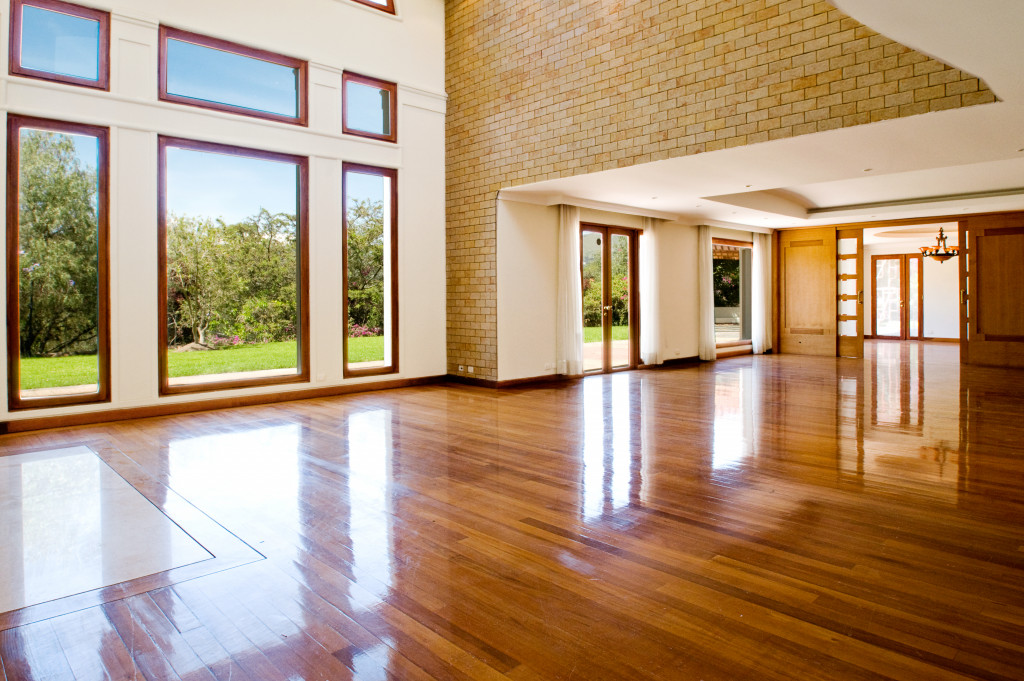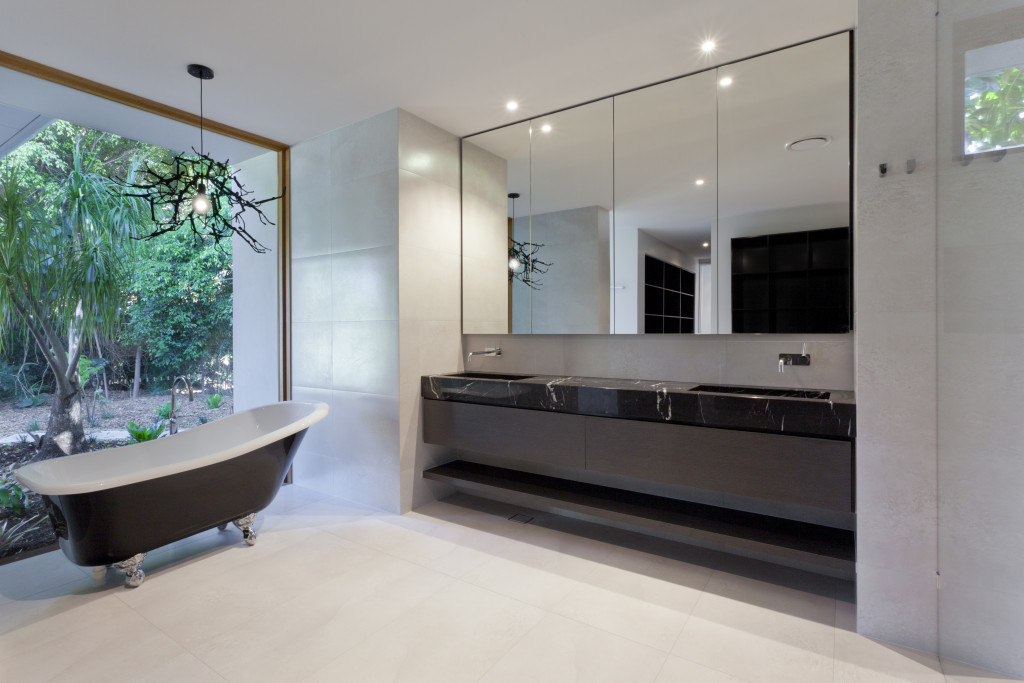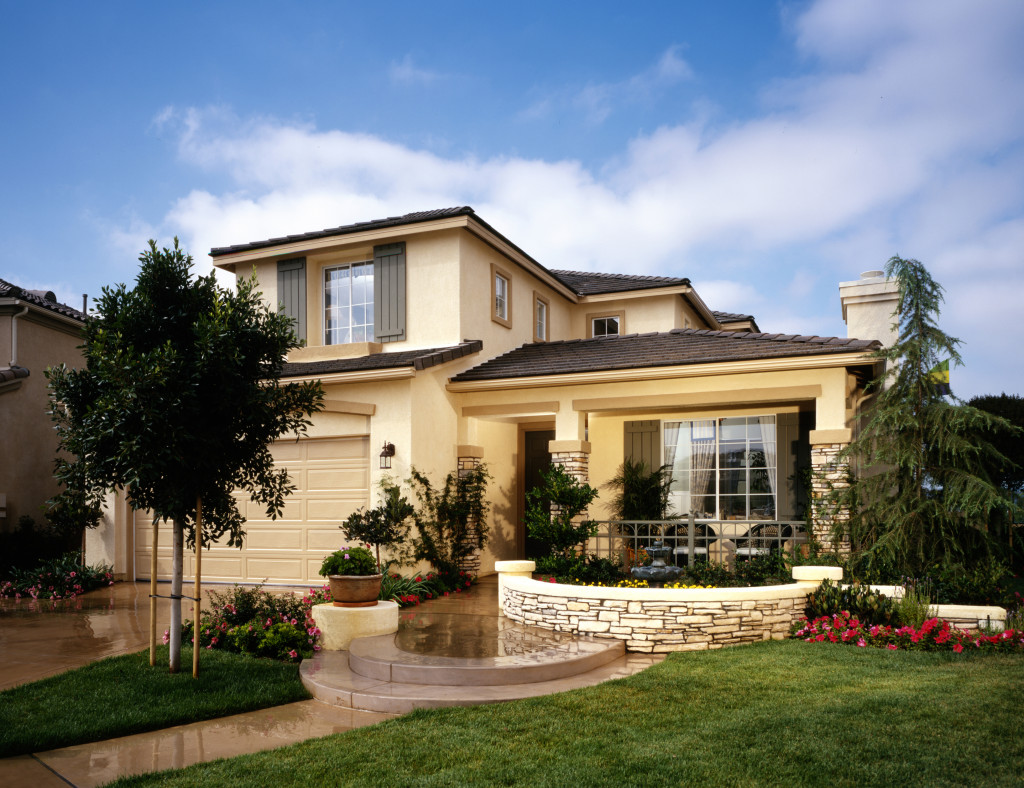Disclaimer: The Lifestyle Elf. This site provides fashion and lifestyle content for informational purposes only.
- Embrace organization to create a calming and harmonious atmosphere.
- Maximize natural light sources to improve mood, increase vitamin D levels, and regulate sleep patterns.
- Introduce indoor plants to purify the air and reduce stress.
- Design relaxation spaces for unwinding and reducing stress.
- Invest in your home’s exterior for an inviting atmosphere that contributes to well-being.
Creating a home environment that promotes well-being is essential for leading a healthy and fulfilling life. Your home should be a sanctuary where you can relax, rejuvenate, and find solace from the outside world. You can enhance your physical, mental, and emotional well-being by incorporating certain elements into your living space. This guide will explore five tips to build a home for well-being.
1. Embrace Organization
A cluttered living space can lead to stress, anxiety, and feeling overwhelmed. You can create a calming and harmonious atmosphere within your home by prioritizing organization. Begin by decluttering your space, sorting belongings, and removing items you no longer need or cherish. Invest in practical storage solutions such as shelves, baskets, and cabinets to keep your home tidy and organized.
Create designated spaces for different activities, such as a dedicated workspace, a reading nook, or an exercise area. Having designated spaces for specific activities helps you maintain focus and reduces distractions. Keep your surfaces clear, as visual clutter can also contribute to a sense of chaos. Adopting a minimalist approach to your home decor will promote a sense of tranquility and provide a foundation for a peaceful living environment.
2. Harness the Power of Natural Light

Sunlight has a profound impact on your well-being. Exposure to natural light can improve mood, increase vitamin D levels, regulate sleep patterns, and enhance productivity. Maximize the natural light in your home by opening curtains, using sheer or light-colored window coverings, and strategically placing mirrors to reflect sunlight. Consider installing skylights or larger windows to allow more natural light to flood into your space.
Arrange your furniture to make the most of natural light sources. Position seating areas near windows to enjoy the view and bask in the sunlight. Additionally, spend time outdoors, connect with nature, and embrace the rejuvenating benefits of sunlight. Open your windows to let fresh air circulate throughout your home, creating a welcoming and uplifting ambiance.
3. Introduce Indoor Plants
Bringing nature indoors by including indoor plants can significantly improve your well-being. Plants not only enhance the aesthetic appeal of your home but also offer numerous health benefits. They purify the air, increase humidity, reduce stress, and boost productivity. Choose plants that are easy to care for and suit your living space. Popular options include peace lilies, spiders, snakes, and pothos.
Place plants strategically around your home, focusing on areas where you spend the most time. Create a small indoor garden in your living room, incorporate plants in your bedroom for a calming atmosphere, and add greenery to your kitchen or dining area to foster a sense of vitality. Remember to care for your plants by watering them regularly and providing adequate sunlight to ensure they thrive and contribute to your well-being.
4. Design Relaxation Spaces

In today’s fast-paced world, creating dedicated relaxation spaces within your home is crucial for unwinding and reducing stress. Establish an area where you can disconnect from technology, engage in calming activities, and cultivate mindfulness. This space could be a cozy corner with a comfortable chair and soft lighting, a meditation room adorned with tranquil decorations, or a spa-like bathroom where you can indulge in self-care rituals.
Consider incorporating elements that promote relaxation, such as soothing colors, soft textures, and ambient lighting. Surround yourself with items that bring you joy, such as scented candles, essential oils, and calming artwork. Establish a routine to spend time in your relaxation space, engaging in activities like reading, practicing yoga, or simply taking moments of quiet reflection. Creating a serene environment within your home will support your mental and emotional well-being.
5. Invest in Your Home’s Exterior
While you often focus on the interior of your home, neglecting the exterior can impact your overall well-being. How your home looks from the outside can influence your mood, curb appeal, and sense of pride.
Here are tips for investing in your home’s exterior:
Maintain a Lush Lawn
Having an immaculately groomed lawn is one of the quickest ways to upgrade your home’s exterior and increase curb appeal. For best results, mow the lawn regularly, trim edges, fertilize the soil, and water the grass as needed. Installing an irrigation system is also helpful for keeping your lawn healthy and vibrant. If you don’t have much time, hire a professional landscaper to maintain your garden year-round.
Create Outdoor Living Spaces
Outdoor living spaces are becoming increasingly popular because they allow people to enjoy nature while staying close to home. Consider adding a patio or deck with comfortable seating, potted plants, or a garden to create an inviting atmosphere. Consider building an outdoor kitchen or installing a hot tub if you want something more luxurious.
Update the Front Door
The front door is the first thing visitors see when approaching your home, so make sure it’s welcoming and beautiful. Consider repainting the door in an eye-catching color that complements the overall style of your home. You could install decorative hardware or add accessories such as wreaths or wall art to complete the look.
Invest in Fencing
Adding a high-quality horizontal composite fence to your home can significantly enhance its exterior and boost curb appeal. Not only does fencing provide privacy and security, but it also adds a decorative element to your outdoor space. Composite fences are also an excellent choice because they provide the look of natural wood without the need for frequent maintenance or repair. Plus, composite fencing is eco-friendly and made from recycled materials, so you can feel good about investing in this sustainable solution.
Closing Thoughts
Building a home for well-being involves intentional choices and thoughtful design. By embracing organization, harnessing natural light, incorporating indoor plants, designing relaxation spaces, and investing in your home’s exterior, you can create a living space that promotes balance, tranquility, and optimal well-being. Remember, your home is a reflection of your inner self, and by curating a space that nurtures your physical, mental, and emotional health, you can truly thrive and find solace within its walls.

